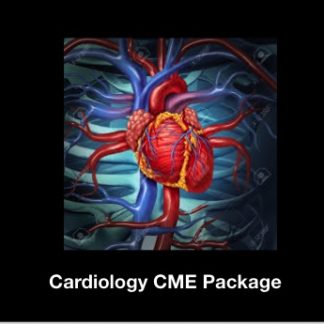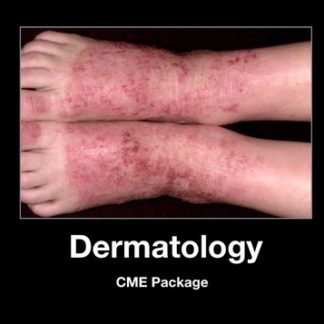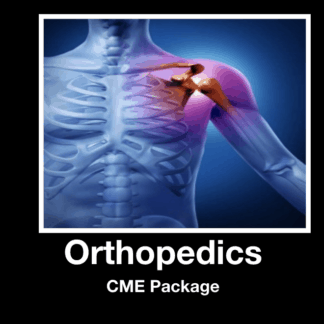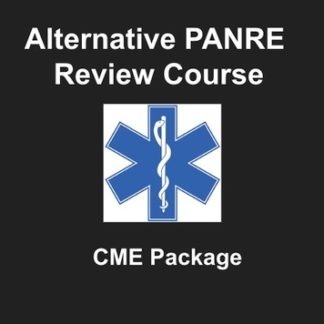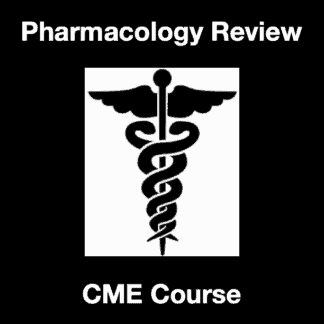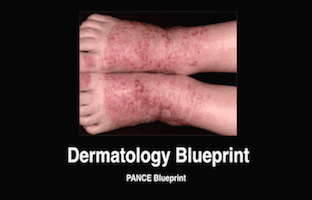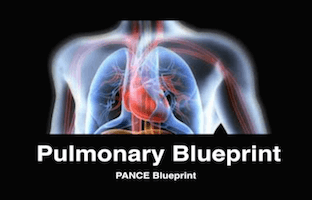Description
Dermatology PANCE Review Course and Lecture Video
Dermatology PANCE Review Course is review of the Dermatology Section for the NCCPA Blueprint topic list for the PANCE and PANRE. This section contains the Dermatology Blueprint Lecture Video (1:05:56), as well as 219 Dermatology Multiple Choice PANCE style questions, answers and detailed explanations. Dermatology Blueprint Lecture Slides are also included. This section will be continuously updated and you will be given access for 30 months.
This section is designed for physician assistants preparing to take the PANCE/PANRE. Medical students preparing for the USMLE and COMLEX may find this section helpful.
We do offer Category 2 CME with Amazon and Apple Gift Cards. Click here if interested in CME with Amazon and Apple Gift Cards
This is in a mobile friendly form.
Dermatology Blueprint Preview of Questions, Answers and Explanations
Question 1
1. Which of the following organism are responsible for causing the rash with the slapped cheek appearance?
A. Coxsackie Virus
B. Parvovirus
C. Herpes Zoster
D. Ebstein Barr Virus
Answer 1
1. Choice B is the correct answer. This child has Fifth’s Disease or Erythema Infectiosum. This caused by the Parvovirus. It is characterized by a slapped cheek appearance. It often has a prodrome of fever, coryza, malaise, headache and sore throat. Coxsackie is the virus that causes hand foot and mouth disease. Herpes zoster is the virus that causes chicken pox.
Question 2
2. Which of the following is the best treatment for the condition Tinea Capitis?
A. Griseofulvin
B. Nizoral Shampoo
C. Nystatin
D. Lamisil
Answer 2
2. Choice A is the correct answer. Tinea Capitis is treated most effectively orally. Topical preparations such as nizoral shampoo or nystatin are not effective. Lamisil is used for onychomycosis.
Question 3
3. Your patient is a 34 year old female that presents with first and second degree burns to her entire head and neck, entire right arm and her anterior torso. She weighs 110 kilograms. What should be the patient’s IV fluid rate for the first 8 hours?
A. 990 mL/hr
B. 660 mL/hr
C. 495 mL/hr
D. No IV Fluids are necessary
Answer 3
3. Choice A is the correct answer. The patient has 36% TBSA burns. She weighs 110 kg. So this applied to the Parkland Formula you get 4 x 110 kg x 36 = 15, 840 mL for the first 24 hours. Divide this by 2 and this gives you 7920 mL for the first 8 hours. When you divide 7920/8 you get the correct answer of 990 mL/hr.
Question 4
4. Which of the following skin disorders has less than 10% of epidermal detachment?
A. Toxic Epidermal Necrolysis
B. Steven Johnson Syndrome
C. Scalded Skin Syndrome
D. Pityriasis Rosea
Answer 4
4. Choice B is the correct answer. Steven Johnson Syndrome has less than 10% of epidermal detachment. Toxic Epidermal Necrolysis has greater than 30% of epidermal detachment. Pityriasis Rosea does not involve epidermal detachment. Scalded Skin Syndrome is caused by certain strains of staphylococcus infections. Toxins are produced that cause damage to the skin.
Question 5
5. Which of the following skin disorders has an association with asthma and allergic rhinitis?
A. Contact Dermatitis
B. Psoriasis
C. Erythema Multiforme
D. Atopic Dermatitis
Answer 5
5. Choice D is the correct answer. Atopic Dermatitis does have an association with allergic rhinitis and asthma. It is a Type I Hypersensitivity reaction. Lesions are typically present over months to years. Treated with low potency steroid creams and wet dressings. UVA and UVB can be helpful. Contact dermatitis, Psoriasis, and Erythema Multiforme do not have an association with asthma and allergic rhinitis.
Question 6
6. Which of the following are not considered part of the accepted treatment of acneiform vulgaris?
A. Cleocin T
B. Isotretinoin
C. Birth Control Pills
D. Cyclosporine
Answer 6
6. Choice D is the correct answer. Acne Vulgaris results from as changed in the keratinization pattern in the hair follicle. The secretion is blocked. Lesions are a result of interaction between bacteria and hormones. Cleocin T helps kill this bacteria. Isotretinoin inhibits sebaceous gland function and keratinization. The estrogen in the birth control pills help interfere with interaction between the bacteria and the hormones. The immunosuppressive cyclosporin has no role in treatment of acne.
Question 7
7. Your patient is a 51 year old male that presents with a purplish macular lesion on nose. He indicates he has not seen a doctor in over 30 years. He indicates he is an IV drug user and admits to a fever intermittently for 2 months with a cough. Which of the following is the best test to order (other than biopsy) to help look for a potential etiology of this disease?
A. VDRL
B. Western Blot Test
C. Hepatitis C Surface Antigen
D. Culture patient for HSV
Answer 7
7. Choice B is the correct answer. This patient has HIV until proven otherwise. This picture is of a patient with Kaposi Sarcoma. VDRL is a test for syphilis and this has not been implicated in relation to Kaposi Sarcoma. Hepatitis C and HSV have not been implicated in this disorder either.
Question 8
8. Which of the following skin cancers has the worse prognosis?
A. Lentigo Maligna Melanoma
B. Superficial Spreading Melanoma
C. Basal Cell Carcinoma
D. Nodular Melanoma
Answer 8
8. Choice D is the correct answer. Nodular Melanoma has the worse prognosis because it grows deep. It makes up about 16% of melanomas. Lentigo Maligna Melanoma has the best prognosis of the melanomas because it grown radially and does not extend deep. The most common type of melanoma is superficial spreading melanoma and this makes up 70% of all melanomas. Basal Cell Carcinoma is the slowest growing skin cancer and in general has the best prognosis.
Question 9
9. Your patient is an 18 year old female recently started on bactrim for a UTI. She comes in with the rash blanchable pruritic rash on torso and face and shortness of breath and diffuse wheezing. She is starting having trouble swallowing. You have ordered albuterol aerosol, solumedrol, and zantac IV. Her vitals are as follow: BP 75/43, Pulse-112, O2 Sat 91% on 100% NRB. Which of the following is the most important therapeutic intervention?
A. Diphenhydramine IV
B. Epinephrine
C. Ipratropium Bromide Aerosol
D. Zantac Drip
Answer 9
9. Choice B is the correct answer. This patient is hypotensive and exhibiting signs of her airway swelling. This is one of the major indications for epinephrine. The alpha antagonist epinephrine will help reduce the swelling and increase the patient’s blood pressure. These cytokines that cause this are released from the mast cells. Diphenhydramine is indicated but will not help the patient immediately. There is no evidence to suggest that ipratropium or a Zantac drip will show benefited patient outcomes.
Question 10
10. Which organism has been implicated in the rash shown below in the photograph?
A. Coxsackie Virus
B. Poxvirus
C. Parvovirus
D. HSV
Answer 10
10. Choice B is the correct answer. Molluscum Contagiosum is caused by the poxvirus. Cocksackie Virus causes hand, foot and mouth disease. Fifth’s disease is caused by Parvovirus. HSV is the virus the causes herpes simplex
Follow the NCCPA Blueprint Dermatologic Blueprint
